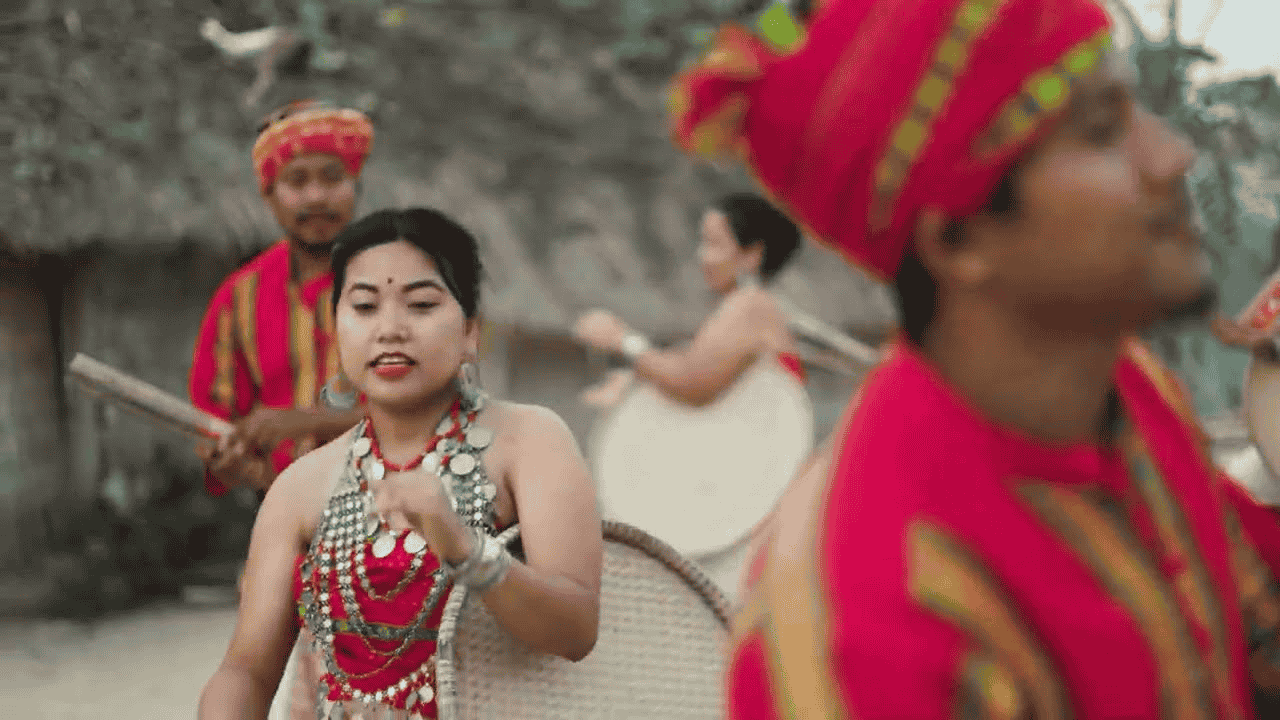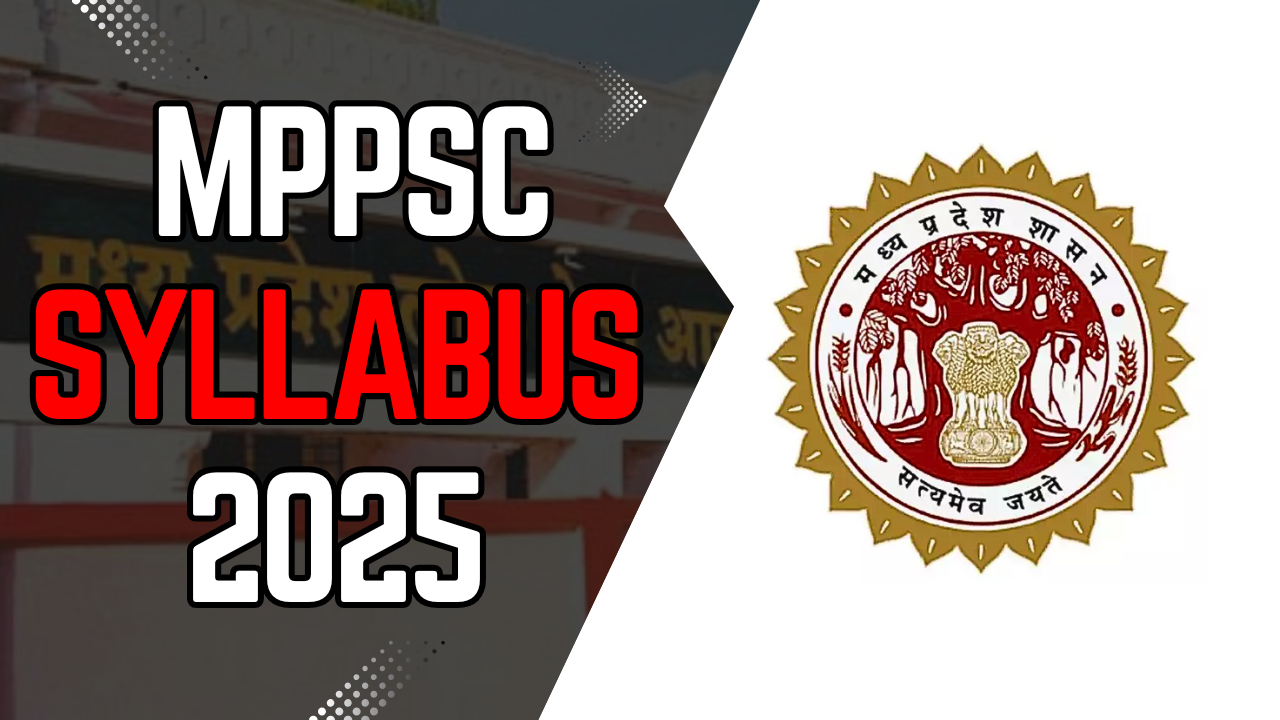The Mamita Dance holds a significant place in the rich cultural heritage of Tripura. It is performed by the women of the Kokborok-speaking Reang (also called 'Bru') tribal community during the Mamita Festival, which is celebrated after the harvest season. This dance is not only an expression of gratitude toward nature but also a symbol of community solidarity and cultural conservation.
Key Features of Mamita Dance
Performance Style and Expression
Mamita dance is primarily performed by the women of the Reang community, locally known as ‘Bru’. The festivities typically take place during October–November after the harvesting of crops. The dancers form a circle and move rhythmically to the beat of traditional musical instruments.
Traditional Attire and Ornaments
Participants wear colorful traditional dresses which include bright "Ringai" (a wrap-around attire similar to a lungi), blouses, and ethnic jewelry. Men assist the performers by playing folk instruments such as drums and flutes, adding rhythm to the dance.
The Reang Tribe: Tripura’s Second-Largest Indigenous Community
Demographics and Regional Presence
According to the 2011 Census, the Reang community is the second-largest tribal group in Tripura with a population of approximately 1,88,220. Although native to Tripura, they are also found in neighboring Assam and Mizoram.
Language and Identity
The Reang people speak "Kaubru", a dialect of Kokborok, which belongs to the Tibeto-Burman language family and shows influence from the Kuki tongue. The Reang community is recognized as a Particularly Vulnerable Tribal Group (PVTG) under the Indian Constitution.
Mamita Festival: Religious and Social Significance
A Spiritual Thanksgiving
Mamita Festival is celebrated as an act of gratitude toward nature and deities for a successful crop yield. Special worship is offered to goddesses like Mailuma and Khuluma, who are believed to protect and bless crops like paddy and cotton. The celebration is often aligned with Durga Puja or Osa Mutai ceremonies.
Symbol of Community Unity
During this festival, young boys and girls visit various households in their village, performing the dance and requesting gifts from the household heads. This tradition strengthens communal bonds and facilitates intergenerational transfer of cultural knowledge.
Other Traditional Dance Forms of Tripura
Hojagiri Dance
Hojagiri is the most famous dance form of the Reang community. It features young girls balancing on clay pitchers while performing coordinated movements with lamps and other objects placed on their heads.
Garia Dance
Garia Dance is another important tribal dance of Tripura performed during the sowing season, especially during Garia Puja, seeking blessings for a rich harvest.
Cultural Preservation Challenges
Impact of Modernization
The growth of urbanization and modernization is causing a decline in the transmission of traditional dance forms like Mamita. The younger generation is gradually drifting away from the folk arts.
Preservation Efforts
Government and non-governmental organizations are working to conserve such traditions through festivals, workshops, and educational outreach programs promoting tribal culture.
Tribal Dance Traditions in Northeast India
Regional Diversity
Northeast India is known for its rich ethnic and dance traditions. Each tribe and state has its own unique dance forms that reflect their cultural identity and heritage.
Connection with Agriculture
Most tribal dances are centered around the agricultural calendar, reflecting stages like sowing, crop care, and harvest. These dances celebrate the deep bond indigenous communities share with nature.
UNESCO and India’s Intangible Cultural Heritage
Recognized Traditions
India has 15 elements under UNESCO's list of Intangible Cultural Heritage. Recently, Gujarat's Garba dance was also included in this prestigious list.
Need for Inclusion and Protection
Tribal dances like Mamita are an integral part of India's intangible cultural legacy and deserve recognition. They are not only artistic expressions but also vehicles of community identity and traditional ecological knowledge.
Other Notable Tribes of Tripura
Chakma Tribe
The Chakma community of Tripura is known for the vibrant Bizu Dance, performed during the Bengali month of Chaitra to celebrate the New Year.
Jamatia Tribe
The Jamatia tribe also participates in traditional dances like the Garia Dance and maintains their distinct cultural traditions.
Socio-Economic Aspects
Livelihood and Agriculture
The livelihood of the Reang tribe is largely dependent on farming practices, especially shifting cultivation (Jhumming). Their yearly economic cycle is tied closely with seasonal crops.
Social Structure
The Reang community includes two major clans: Meska and Molsou. They also have a structured system of self-governance at the community level.
Why This Matters for Your Exam Preparation
Art & Culture (GS Paper 1)
Mamita Dance is highly significant for the Art & Culture section in UPSC. Folk dances of various Indian states are frequently asked in Prelims. Tribal dance forms from the Northeast are especially relevant due to their unique attributes and socio-cultural importance.
Indian Society
Understanding the customs and social organizations of tribal groups like the Reang community is essential under the "Indian Society" topic for the UPSC Mains syllabus (GS Paper 1).
Geography of Northeast India
Knowledge of Northeast India's tribes, language groups, cultural expressions, and festivals forms a key part of India's social geography and static GK.
Anthropology Optional
For UPSC candidates choosing Anthropology as their optional subject, themes such as tribal religion, cultural expression, material culture and social structure are directly relevant.
Current Affairs (GS Paper 2 & 3)
Preservation of tribal cultures, PVTG welfare, and recognition of India’s intangible heritage are ongoing issues in current affairs. The inclusion of tribal elements in UNESCO’s list often appears in both prelims and Mains questions.
✅ Key Facts to Remember
Mamita Dance: A harvest thanksgiving dance by women of the Reang community
Community: Reang (also called Bru), the second-largest tribe in Tripura
Language: Kokborok (Kaubru dialect), part of the Tibeto-Burman family
Worshipped Deities: Mailuma and Khuluma (goddesses of harvest)
Celebrated: October–November, post-harvest
PVTG Status: Recognized as a Particularly Vulnerable Tribal Group
Other Reang Dance: Hojagiri — a balancing and performance dance by women
Other Tripuri Tribe Dances: Garia Dance (conducted during sowing season)
Noteworthy Tribal Communities in Tripura: Chakma, Jamatia, Riang, Tripuri
📚 For more exam-relevant current affairs and cultural discussions, stay connected with: Atharva Examwise – Your Trusted UPSC Companion






